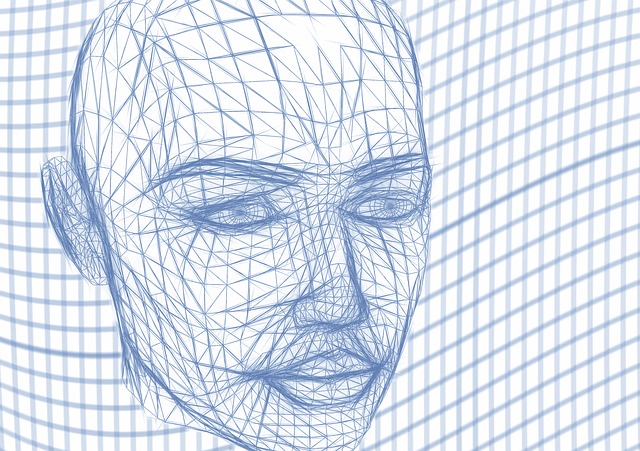Aggregated News

Advances in brain-computer interfaces and prosthetics could improve the quality of life for millions, but they carry risks that even touch upon eugenics.
“Steve Austin. Astronaut. A man barely alive. Gentlemen, we can rebuild him. We have the technology. We have the capability to make the world’s first bionic man. Steve Austin will be that man. Better than he was before. Better, stronger, faster.”
If you were a kid during the 1970s, ‘The Six Million Dollar Man’ was peak TV and, arguably, James Bond’s closest cultural competitor. Virtually everyone could recite its opening narration. But while 007’s main physiological attribute was an indestructible liver, Steve Austin was cybernetically enhanced with two superstrength legs and an arm, and a computerised eye.
His creators were inspired by work being done even then towards increasingly capable prostheses for severely wounded veterans and other amputees (the fictional Austin was a horrifically injured USAF test pilot) and the prospect that artificial limbs could be enhanced with electronics. After all, the first programmable production line robot, Unimate, entered service at General Motors in 1961, 12 years...



